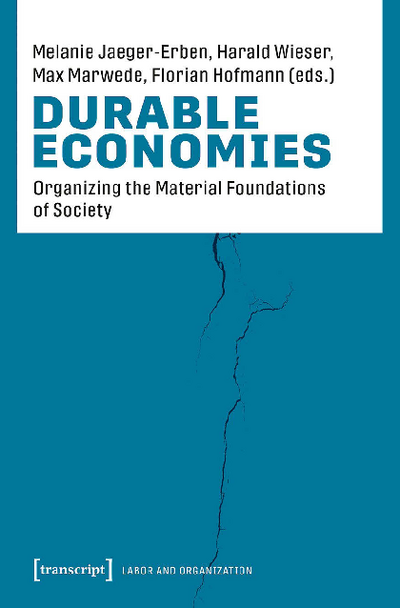Scalability and durability, or: is modular the new durable? The case of smartphones
It is widely acknowledged that transitions towards a circular economy are based on the complementary development of circular business models and design strategies. Concepts for modular product designs have been around for a long time, but it was only with the rise of the debate on the circular economy that modular designs have been linked to more sustainable consumption patterns. Much research on modular designs has focused on smartphones, as they are considered to be a suitable product to make use of the advantages derived from modular designs. Still, there currently is little research that looks at how modular design strategies fit into people’s existing daily practices and media ensembles let alone the competences and knowledge needed to do so.
Drawing on the media studies, modularity and anthropology of smartphones literature, this paper presents new empirical evidence gathered through in-depth interviews with twenty-eight people about their daily practices with their smartphone and modular design strategies. We present a qualitative typology of people and their smartphones and practices in everyday life and discuss opportunities for modular smartphone designs and related product service systems.
Our results show that several attributes and their dimensions play a key role when establishing domestic media ensembles in people’s daily lives where the reliability and ease of use of people’s smartphones are crucial. Modular strategies connected to household items as part of transitions towards the circular economy cannot be enabled through products and services alone but would need complimentary political regulation and standardization to support these developments.



